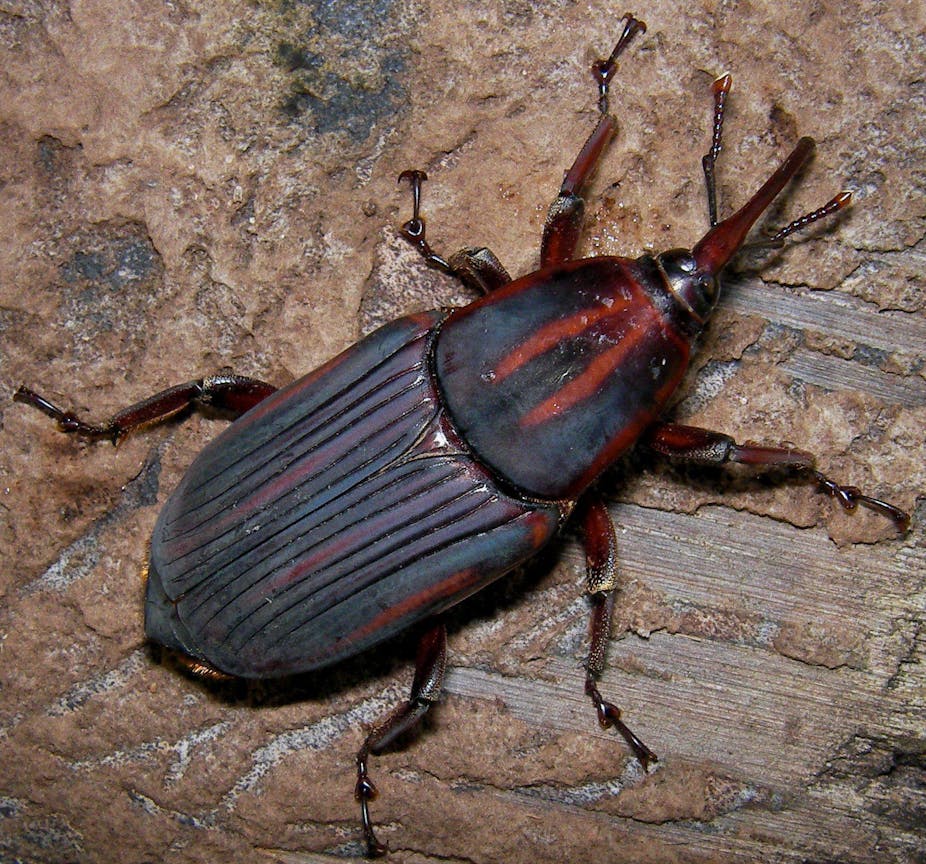Protein is a shrinking part of the diets of humans and animals. The deficiency is spreading rapidly across the world, but is particularly pronounced in Africa, even though many sources of protein can be found there. What the UN calls Non-Wood Forest Products include a group of foods that can help to ensure global food security. Nuts, berries, plants like moringa - the vitamin-rich, so-called “miracle tree” - and also edible insects all provide a boost to dietary protein in a way that countries elsewhere in Africa and the world could learn from.
As global demand for meat grows it becomes increasingly important to find higher yield food sources that are both nutritious and environmentally sound. Producing them produces fewer greenhouse gases than rearing livestock or poultry.
Terrestrial vertebrates such as cattle have always been part of daily life or humans, providing food in times of plenty and in famine. But invertebrates such as insects have a place in that history too. As far back as the days of the Old Testament, Moses told the Hebrews: “Even these of them ye may eat; the locust after his kind, and the bald locust after his kind, and the beetle after his kind, and the grasshopper after his kind.”
So since the time of our ancestors, insects have been part of the human diet and oral tradition, one of the foods that can sometimes replace meat in households. In modern times they have even made a reappearance as part of the Paleo diet – which supposedly replicates the eating habits of cavemen – and will be vital in the future.

In Africa, insects feature regularly in the diets of people living in both rural and urban areas. Crickets are popular in Niger, caterpillars are enjoyed in the Central African Republic and Congo, and winged termites are eaten in many countries. Several species of weevil are much sought after and can fetch high prices in urban markets. Evidence gathered in the field shows that at least 23 species of insect are eaten.
But deforestation and global changes mean that there are fewer and fewer to harvest from the wild. Some species are becoming rare and others are threatened with extinction. So it’s vital to continue to carry out inventories of edible species, establish through biochemical analysis their nutritional quality, and to start trying to rear them commercially as foodstuffs.

